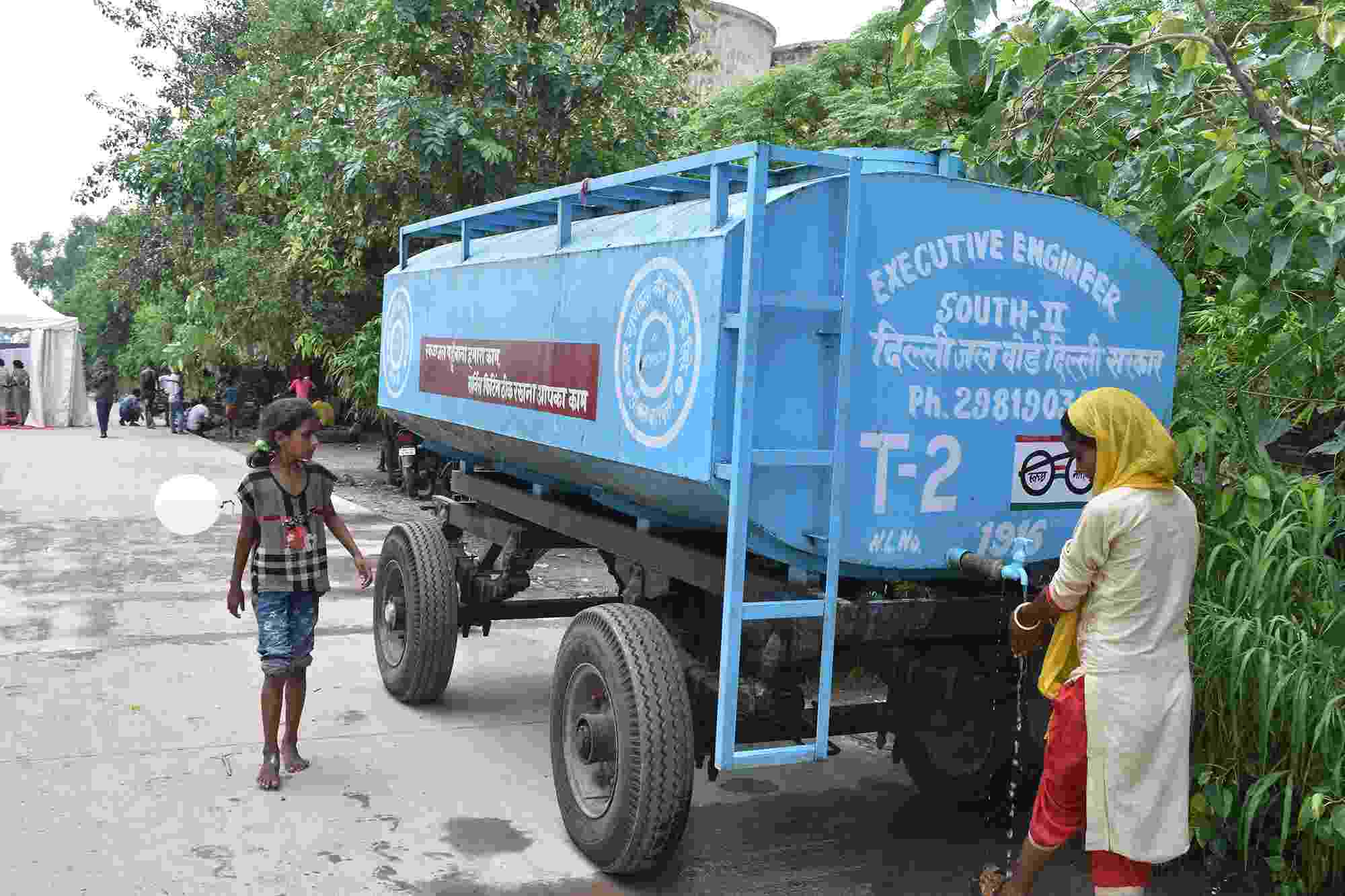Infrastructural violence: five axes of inequities in water supply in Delhi, India
10 November 2021


Water tankers provide drinking water at the makeshift Yamuna flood relief camp
Authors: Ashok Kumar, Nitin Singh, Sarah Cooper, Anna Mdee, Shivani Singhal
Inequity is deeply embedded in the supply of drinking water in Delhi, India. In this paper the authors use the concept of infrastructural violence, to explore and expose how past and present governance of water has resulted in unequal distribution of supply across the city, excluding vulnerable communities from accessing drinking water.
This perspective broadens the gaze from a narrow view on the technical and structural aspects of infrastructure, to encompass socio-political dimensions. Starting by outlining the history of the water supply in Delhi, the authors then outline five axes of exclusion, which can be read as infrastructural violence, and explore how aspects of water policy, legislation, and planning uphold these injustices. The discussion centres on how economics, political ideology, and power infiltrate governing mechanisms to influence water infrastructure to entrench poverty and marginalisation. Attempts to improve water security for Delhi's residents face minimal impact without addressing these embedded inequities. This analysis offers a framework to systematically create awareness of the factors to be addressed in order to enable a more equitable governance of water supply.



